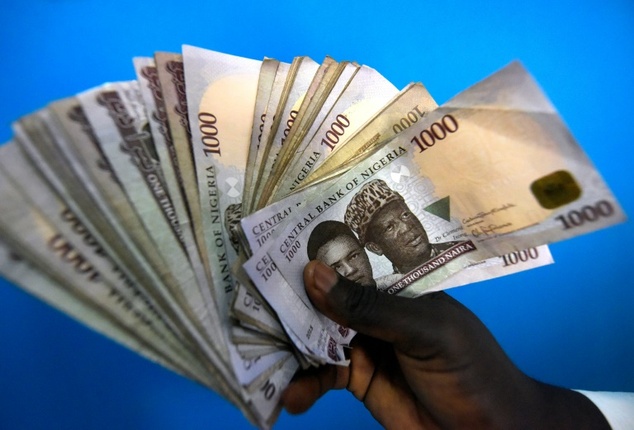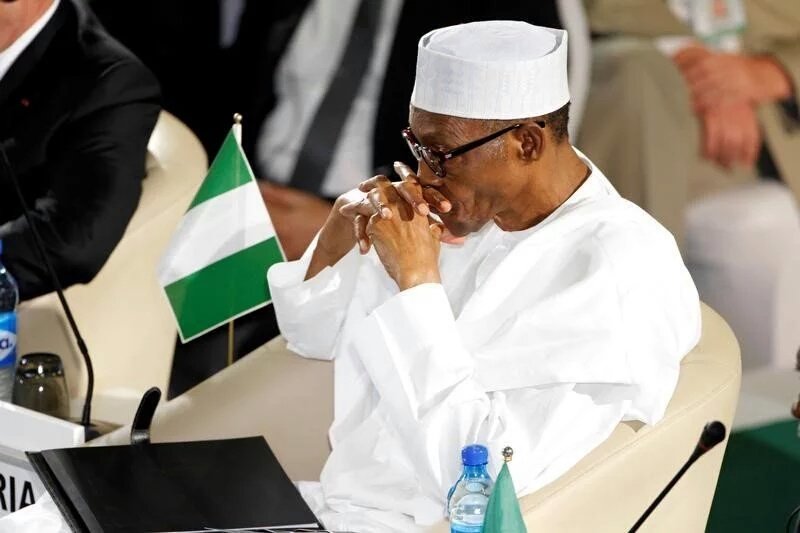Oil prices on Monday extended falls from late last week after China threatened duties on American crude imports in an escalating trade dispute with Washington, while supply from OPEC and Russia is also expected to rise.
U.S. West Texas Intermediate (WTI) crude futures (CLc1) touched their lowest level since April, falling to $63.59 per barrel before edging back to $63.98 by 0635 GMT.
That was still down $1.07, or 1.6 percent, from their last settlement.
“Crude oil prices crashed as U.S.-China trade tensions escalated last Friday,” said Benjamin Lu of Singapore-based futures brokerage Phillip Futures.
In an escalating spat over the American trade deficit with most of its major trading partners, including China, U.S. President Donald Trump last week pushed ahead with hefty tariffs on $50 billion of Chinese imports, starting on July 6.
China on Friday said it would retaliate by slapping duties on American export products, including crude oil.
U.S. bank Morgan Stanley said in a note to clients that the trade spat meant economic “downside risks have risen”, although it added that “negotiations and de-escalation (are) still the likely endgame”.
U.S. oil exports have boomed in the last two years as production has surged, with China becoming the biggest customer of American crude shipments in a business that is now worth $1 billion per month.
International oil prices also fell, with Brent crude futures (LCOc1) down 46 cents, or 0.6 percent, at $72.98 per barrel.
This was in response to reports that top suppliers Saudi Arabia and Russia would likely increase production.
“Oil prices have sold off over the past three weeks on concerns over higher OPEC production,” said U.S. bank Goldman Sachs on Monday, adding that weaker demand from emerging economies and the escalating trade dispute, as well as rising inventories had further weighed on prices.
The producer cartel of the Organisation of the Petroleum Exporting Countries (OPEC), which is de-facto led by Saudi Arabia, and some allies including Russia have been withholding output since the start of 2017.
They will meet in Vienna on June 22 to decide forward production policy, with Russia and Saudi Arabia pushing for higher output.
Despite this, Goldman Sachs said “the oil market remains in deficit … requiring higher core OPEC and Russia production to avoid a stock-out by year-end.”
The bank said it expected OPEC and Russian output to rise by 1.3 million barrels per day (bpd) by year-end and by another 0.5 million bpd in the first half of 2019.

 Latest5 days ago
Latest5 days ago
 Latest1 week ago
Latest1 week ago
 News5 days ago
News5 days ago
 Latest6 days ago
Latest6 days ago
 Health1 week ago
Health1 week ago
 News1 week ago
News1 week ago
 News1 week ago
News1 week ago
 Business4 days ago
Business4 days ago






